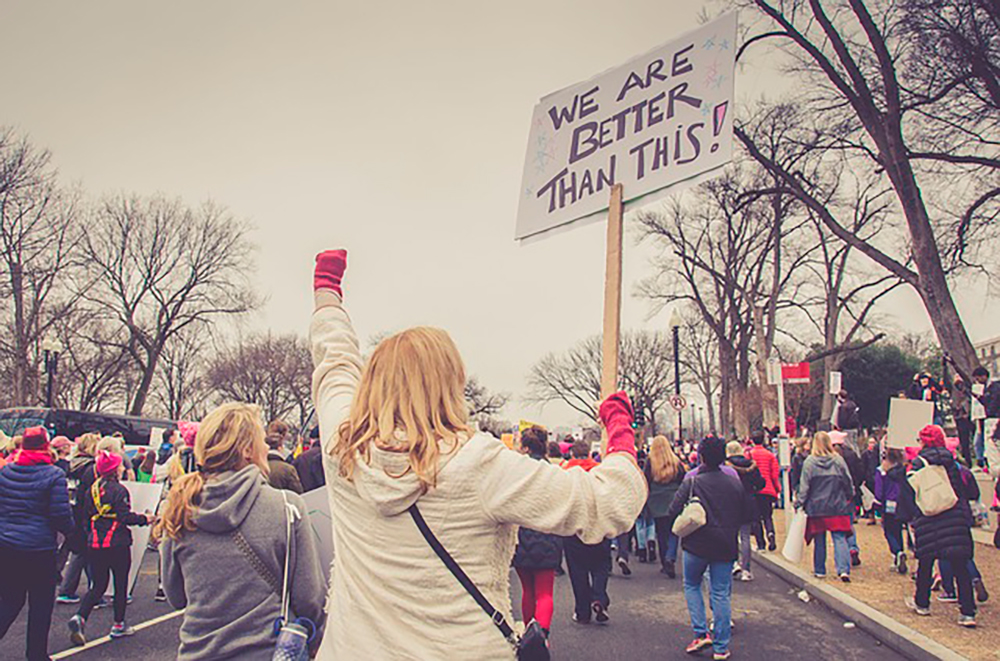On the 25th anniversary of the massacre, a thousand bodies remain missing, writes Kim Sengupta
The cemetery at Potocari is a place of peace now, apple blossoms float in the breeze among the rows of pale white gravestones. There are a few bereaved families with the memories of those they lost. Funerals are still taking place; last year one was held for the remains found of 33 men. Eight more will be buried on Saturday, on the 25th anniversary of the Srebrenica massacre.
The deaths in July 1995 were in a bloody conflict of the type which it was thought Europe would not experience again after the Second World War: one of sectarian killings, mass rapes, deportations and concentration camps.
But even by those standards, what happened in the town in Drina Valley has become a dark symbol of murderous ethnic cleansing. In 2004 the International Criminal Tribunal for former Yugoslavia ruled that the killings of 8,000 Bosnians constituted genocide, a crime under international law.
Download the new Independent Premium app
Sharing the full story, not just the headlines
Download now

